Market Trends
Key Emerging Trends in the Zinc Stearate Market
The zinc stearate market is undergoing significant trends, driven by a combination of industrial applications, technological advancements, and sustainability considerations.
Surge in PVC Industry Driving Demand: A notable trend in the zinc stearate market is the surge in demand from the PVC (polyvinyl chloride) industry. Zinc stearate serves as a crucial stabilizer and lubricant in the processing of PVC, contributing to the production of high-quality PVC products. As the global demand for PVC continues to rise in construction, automotive, and packaging applications, the demand for zinc stearate is witnessing a parallel increase.
Growing Popularity in Rubber Industry: Zinc stearate is finding increased usage in the rubber industry, particularly in the manufacturing of rubber goods and tires. It acts as an effective release agent during the production process, preventing the rubber from sticking to molds and facilitating smooth demolding. The growth in the automotive sector and the demand for high-performance tires are driving the adoption of zinc stearate in the rubber industry.
Expansion in Pharmaceutical Applications: Zinc stearate is gaining traction in the pharmaceutical industry, where it is used as a lubricant in tablet manufacturing. Its ability to improve tablet ejection from molds and prevent adhesion to equipment makes it a valuable component in pharmaceutical formulations. The expanding pharmaceutical sector, driven by global healthcare needs, contributes to the increased demand for zinc stearate.
Shift towards Bio-Based and Sustainable Alternatives: The zinc stearate market is experiencing a shift towards bio-based and sustainable alternatives. Manufacturers are exploring eco-friendly formulations, using renewable resources and adopting greener production processes. This trend aligns with the broader industry movement towards sustainability and the increasing preference for environmentally responsible materials.
Technological Advancements in Production: Ongoing technological advancements in the production of zinc stearate are influencing market trends. Innovations in manufacturing processes are aimed at improving the efficiency and quality of zinc stearate, meeting the evolving requirements of end-users. These advancements contribute to the overall competitiveness of zinc stearate in various industries.
Impact of Regulatory Standards: The zinc stearate market is affected by regulatory standards related to product quality, safety, and environmental impact. Compliance with stringent regulations, particularly in regions with well-defined standards, is influencing the formulation and usage of zinc stearate. Manufacturers are adapting to meet these standards and ensure the market acceptance of their products.
Global Supply Chain Dynamics: The zinc stearate market is influenced by global supply chain dynamics, including the availability of raw materials and trade relationships. Changes in raw material prices, geopolitical factors, and disruptions in the supply chain can impact the overall cost structure of zinc stearate, influencing market trends and dynamics.
Increasing Demand in the Paints and Coatings Industry: Zinc stearate is widely used in the paints and coatings industry as a flatting agent and a corrosion inhibitor. The demand for high-quality paints and coatings with enhanced durability and performance is driving the adoption of zinc stearate. Its ability to impart smoothness and prevent settling in paint formulations contributes to its popularity in this sector.
Rising Applications in Cosmetics and Personal Care: Zinc stearate is finding applications in the cosmetics and personal care industry, particularly in the formulation of powders, foundations, and various cosmetic products. Its role as a texture-enhancing and anti-caking agent makes it valuable in cosmetic formulations. The growing beauty and personal care sector is contributing to the diversification of zinc stearate applications.
Collaborations for Product Development: Collaboration between zinc stearate manufacturers and end-users for product development is a prevalent trend. These partnerships enable manufacturers to understand specific industry requirements, leading to the development of customized solutions. This collaborative approach enhances the application scope of zinc stearate across diverse sectors.

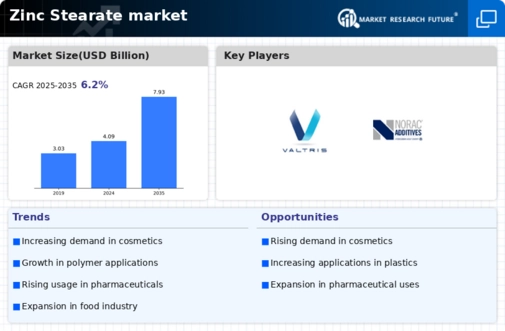

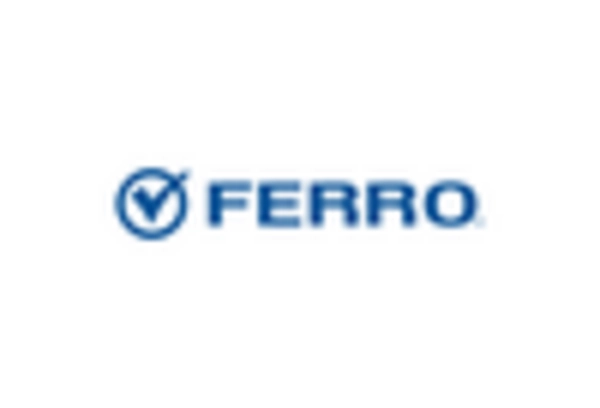
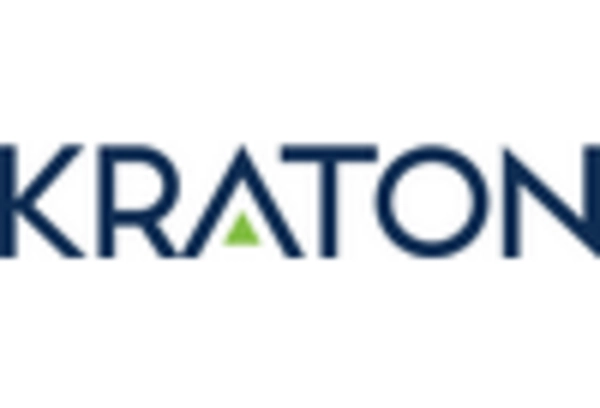
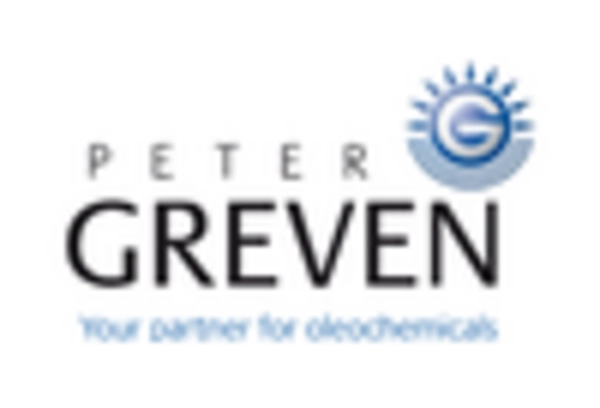
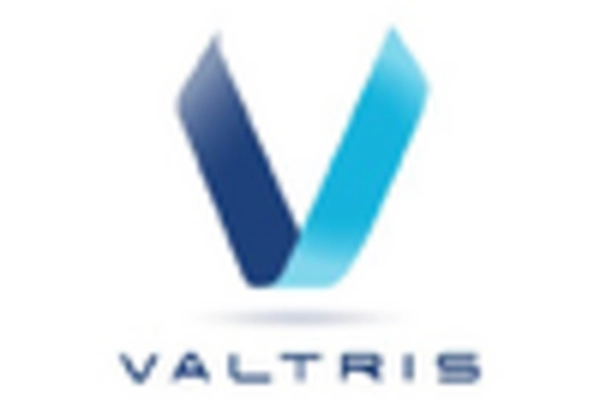
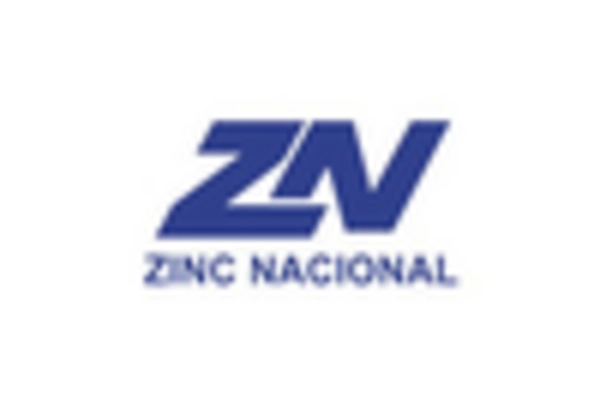









Leave a Comment